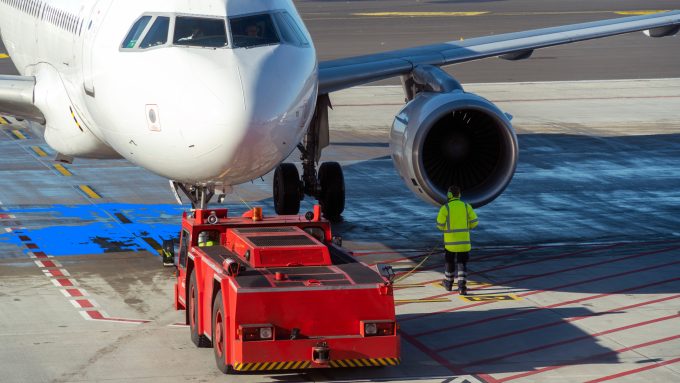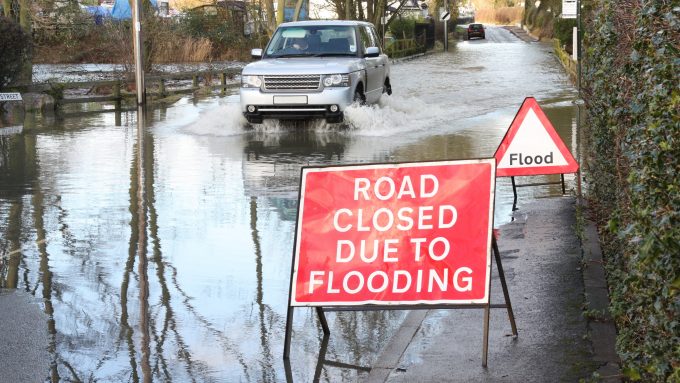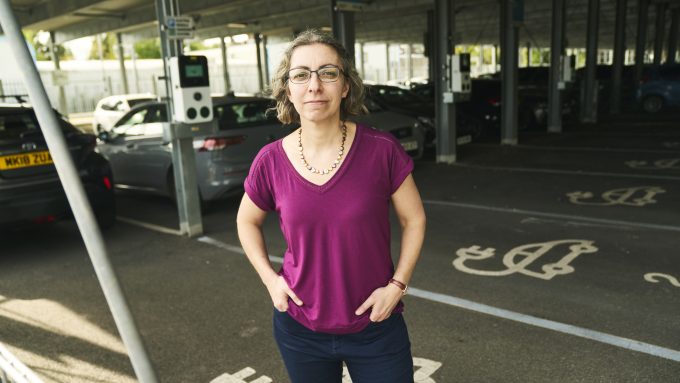
Digital twins and AI: What next for transport connectivity?

“Connected digital twins provide a mechanism to view the world through the lens of how consumers experience a service,” remarked National Highways’ Chief Data Officer, Davin Crowley-Sweet in a session focused on development of a federated network of transport systems.
He spoke of big tech companies – such as Netflix – becoming “incredibly successful by pivoting their business models” to provide personalised customer experiences.
“What you will start to see from National Highways is we will become less a road operator and road builder, and more a customer service provider.”
Davin added that transport operators must also “move to a model where you are not competing with other forms of transport – like sibling rivalry – where it is us versus trains”.

He said it was “strange” that transport is often structured around operational boundaries, rather than the purpose of connecting the country and creating journeys, especially as all journeys on National Highways roads begin on local authority routes and some trips involve not just a car, but possibly a train, bus and walking too.
It is important to think collectively about how best to increase capacity – whether that is building a road or a railway, he added. “We can only do that if we are sharing data, and not viewing the success of our organisations through the immediate boundary of our organisational structures” but rather aligning with “a common set of goals we agree to, based around users of a service”.
“You might think connected digital twins are flashy tech, but they are not. It is fundamentally shifting the perspective of how we operate for the user of services, as opposed to the internal views of how do we get better at using data to design, build, manage and operate a piece of infrastructure.”Davin Crowley-Sweet, National Highways’ Chief Data Officer
Digital twins becoming ‘digital triplets’
Another session heard Lord Tim Clement-Jones CBE, a Co-Chair of the All-Party Parliamentary Group on Artificial Intelligence, discuss AI and digital twins.
He said that AI was “the missing bit of the digital twin – it’s the digital triplet” and that the “possibilities of improvement are huge” to help with innovation.
He added: “Politicians desperately need educating that regulation is not all bad.”
Businesses tend to like “clarity, consistency and certainty when it comes to the adoption of new technology” but said the Government “seems to think that growth is being held back by regulation”. He recognises the need to “cut red tape as much as possible”, but warned against scrapping regulations built up over the last 20 years as a means to encourage professionals to innovate.
He spoke instead of the importance of encouraging the ‘animal spirits’ of entrepreneurs.
“You can have all the de-regulation you like, but you have got to create enthusiasm – and I don’t think we have enough going yet. Government has got to do more, and it isn’t about giving our regulators a hard time.”Lord Tim Clement-Jones CBE, a Co-Chair of the All-Party Parliamentary Group on Artificial Intelligence
Lord Tim Clement-Jones was asked by Dr Alison Vincent CBE, Chair of the Digital Twin Hub Board, and a Non-Executive Director at Connected Places Catapult if the UK should own its own AI ‘supercomputer’ to make the country less reliant on others.
He replied there is “quite a lot to be said for sovereign capacity” in areas such as cloud services to reduce dependency on a handful of large tech firms in America.
“Once you are inside the system, there is no escape, and having some sovereign capacity and not being bound to a Silicon Valley company is useful. There needs to be a more competitive environment.”

Lord Tim Clement-Jones also described the sector’s start-up culture as “great” but added “where we go wrong is the growth; it is the scale-up aspect where we are really weak – and we don’t have the risk takers.”
He spoke of his support for so-called ‘sandboxing’ which allows for innovation to be tried without falling foul of regulation at the development stage, and added there could be merit in broadening public understanding of the issues around AI and data.
“The phrase ‘digital twins’ is known by the industry, but if you use the phrase to somebody out there (the public), they have no idea what you are talking about.
“But as soon as you talk about virtual reality or video games, they begin to twig.” He suggested that reducing jargon and speaking in the simplest possible forms may help to increase understanding around AI and digital twins.
To watch a wrap-up video summarising this year's Connected Places Summit click here. To watch the full videos of the two data discussions on video on demand, see below
In conversation with The Lord Clement Jones CBE
Navigating towards a federated network of transport systems





